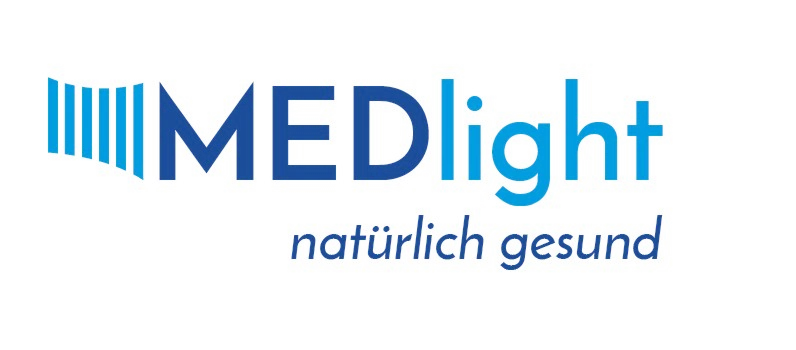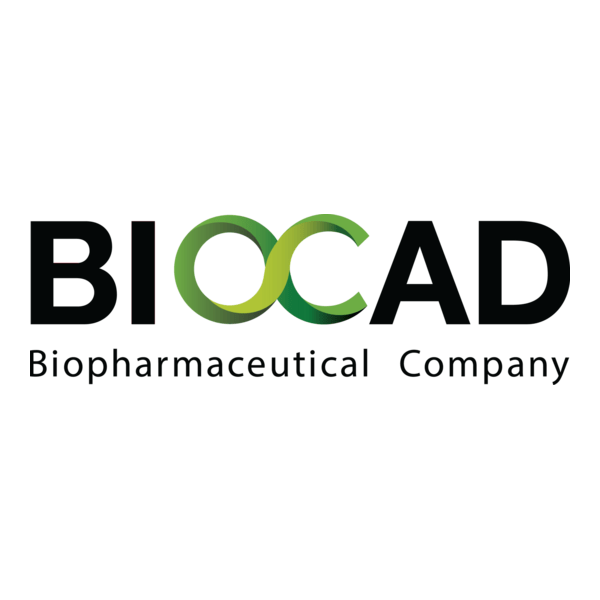HospitalRun Dental
Context
HospitalRun Dental isn’t a standalone program but an extension of the HospitalRun platform, which was originally built for small hospitals and clinics in areas where internet and resources are never guaranteed. The dental part of the system sticks to the same principles: keep it lightweight, let it run offline first, and only sync when the connection is available.
That approach makes sense in community hospitals, university clinics with limited budgets, or even mobile units run by NGOs. From an administrator’s point of view it’s attractive because the software is free, open, and can be tuned for dental charting and treatment notes without dealing with vendor licensing. The trade-off is that someone on the IT side needs to be comfortable looking after a Node.js server and a CouchDB database.
Technical Profile (Table)
| Area | Details |
| Platforms | Web application; desktop via Electron wrapper |
| Backend | Node.js + CouchDB (handles offline replication) |
| Dental focus | Patient dental charts, treatment notes, prescriptions, visit logs |
| Data model | Structured records with sync to central DB once online |
| Networking | Works offline; data pushed to server when internet returns |
| Security | Role-based access; encryption depends on admin’s setup |
| Licensing | MIT license, fully open-source |
| Maintenance | Regular Node.js updates, CouchDB backups, module patches |
| Typical users | Rural clinics, NGOs, teaching hospitals with limited infrastructure |
Scenarios (Dental Use)
– A rural dental unit records visits on laptops, then syncs data back to a central server when staff return to town.
– An NGO runs the system in a mobile clinic, carrying patient charts across different villages without internet dependency.
– A teaching hospital uses the dental module alongside the main HospitalRun system so students get hands-on experience with electronic records.
Workflow (Admin View)
1. Set up the backend — install Node.js and CouchDB, configure for replication.
2. Enable the dental module in HospitalRun’s configuration.
3. Assign roles (dentists, assistants, students) with proper permissions.
4. Prepare offline clients on desktops or laptops; test replication by simulating internet dropouts.
5. Sync regularly to central servers when bandwidth allows.
6. Maintain the stack with database backups and software patches.
Strengths / Weak Points
**Strengths**
– Open-source, no licensing fees.
– Designed to work without constant internet.
– Ties in with wider hospital workflows (pharmacy, labs, medical records).
– Flexible enough to be adapted locally.
**Weak Points**
– Interface feels basic compared to commercial suites.
– Needs technical skills for deployment and upkeep.
– Smaller community than mainstream dental software vendors.
– Regulatory compliance (HIPAA/GDPR) depends entirely on server setup.
Why It Matters
HospitalRun Dental fills a gap where many commercial platforms simply don’t fit: clinics with limited budgets, patchy internet, or small IT teams. It allows structured dental records and continuity of care without depending on a vendor or a constant connection. For administrators, it’s not a plug-and-play product, but with the right setup it becomes a resilient backbone for oral health services in environments where every resource counts.







